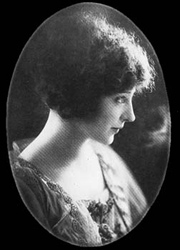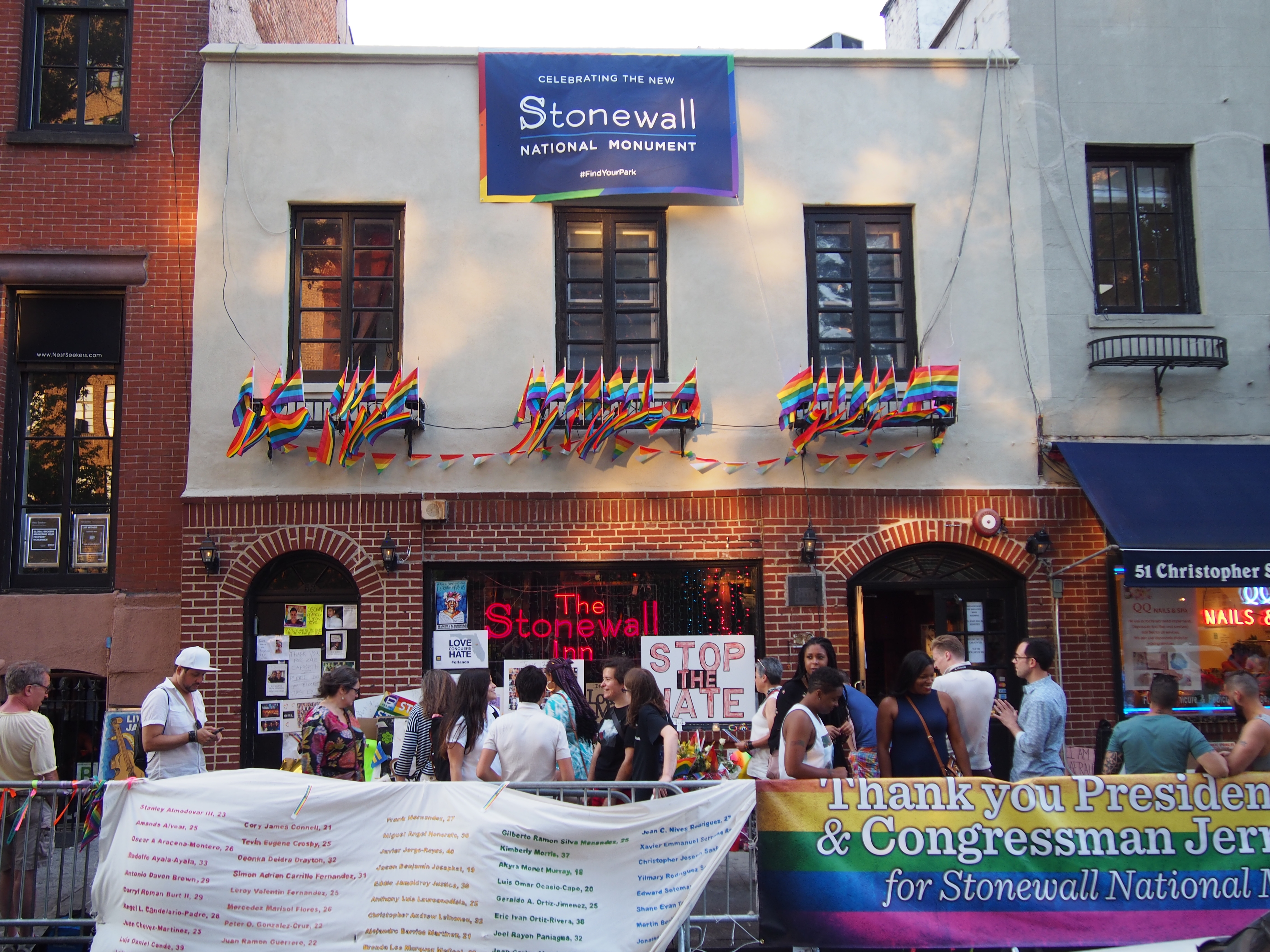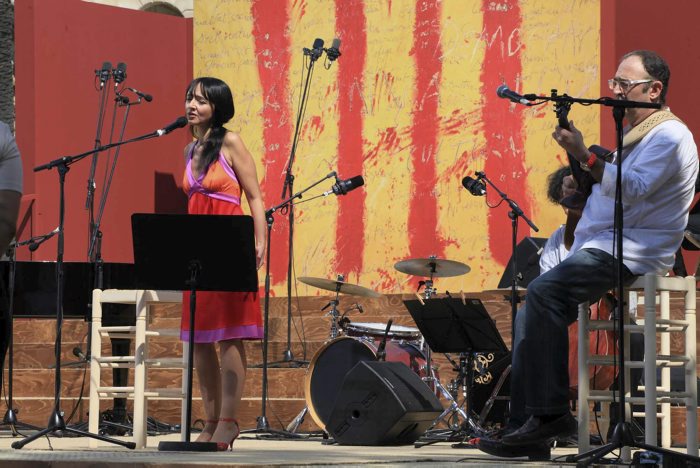|
Henry And June
''Henry and June: From the Unexpurgated Diary of Anaïs Nin'' (full title ''Henry and June: From a Journal of Love: The Unexpurgated Diary of Anaïs Nin 1931–1932'') is a 1986 book that is based upon material excerpted from the unpublished diaries of Anaïs Nin. It corresponds temporally to the first volume of Nin's published diaries, written between October 1931 and October 1932, yet is radically different, in that that book begins with a description of the landscape of and around her home and never mentions her husband, whereas ''Henry and June'' begins with discussion of Nin's sex life and is full of her struggles and passionate relationship with husband Hugo, and then, as the diary/memoir progresses, other lovers. This, the first of the unexpurgated diaries, concentrates on her passionate involvement with the writer Henry Miller and his wife June Miller. Nin's source material—her diaries—was able to spawn two dramatically different narratives about the same time ... [...More Info...] [...Related Items...] OR: [Wikipedia] [Google] [Baidu] |
Anaïs Nin
Angela Anaïs Juana Antolina Rosa Edelmira Nin y Culmell ( ; ; February 21, 1903 – January 14, 1977) was a French-born American diarist, essayist, novelist, and writer of short stories and erotica. Born to Cuban parents in France, Nin was the daughter of the composer Joaquín Nin and the classically trained singer Rosa Culmell. Nin spent her early years in Spain and Cuba, about sixteen years in Paris (1924–1940), and the remaining half of her life in the United States, where she became an established author. Nin wrote journals prolifically from age eleven until her death. Her journals, many of which were published during her lifetime, detail her private thoughts and personal relationships. Her journals also describe her marriages to Hugh Parker Guiler and Rupert Pole, in addition to her numerous affairs with men and women, including those with psychoanalyst Otto Rank and writer Henry Miller, both of whom profoundly influenced Nin and her writing. In addition to her journ ... [...More Info...] [...Related Items...] OR: [Wikipedia] [Google] [Baidu] |
Philip Kaufman
Philip Kaufman (born October 23, 1936) is an American film director and screenwriter who has directed fifteen films over a career spanning nearly five decades. He has received numerous accolades including a BAFTA Award along with nominations for an Academy Award, and a Primetime Emmy Award. He has been described as a "maverick" and an "iconoclast," notable for his versatility and independence, often directing eclectic and controversial films. He is considered an "auteur" whose films have always expressed his personal vision. Kaufman's works have included genres such as realism, horror, fantasy, erotica, western, and crime. Kaufman earned his breakthrough for the film '' The Unbearable Lightness of Being'' (1988) which earned him the BAFTA Award for Best Adapted Screenplay as well as a nomination for the Academy Award for Best Adapted Screenplay. He is noted for directing such films as '' The Wanderers'' (1979), '' Rising Sun'' (1993), the remake of ''Invasion of the Body ... [...More Info...] [...Related Items...] OR: [Wikipedia] [Google] [Baidu] |
LGBTQ Literature In France
LGBTQ people are individuals who are lesbian, gay, bisexual, transgender, queer, or questioning. Many variants of the initialism are used; LGBTQIA+ people incorporates intersex, asexual, aromantic, agender, and other individuals. The group is generally conceived as broadly encompassing all individuals who are part of a sexual or gender minority, including all sexual orientations, romantic orientations, gender identities, and sex characteristics that are not heterosexual, heteroromantic, cisgender, or endosex, respectively. Scope and terminology A broad array of sexual and gender minority identities are usually included in who is considered LGBTQ. The term ''gender, sexual, and romantic minorities'' is sometimes used as an alternative umbrella term for this group. Groups that make up the larger group of LGBTQ people include: * People with a sexual orientation that is non-heterosexual, including lesbians, gay men, bisexual people, and asexual people * People who are transge ... [...More Info...] [...Related Items...] OR: [Wikipedia] [Google] [Baidu] |
Non-fiction Books Adapted Into Films
Non-fiction (or nonfiction) is any document or media content that attempts, in good faith, to convey information only about the real world, rather than being grounded in imagination. Non-fiction typically aims to present topics objectively based on historical, scientific, and empirical information. However, some non-fiction ranges into more subjective territory, including sincerely held opinions on real-world topics. Often referring specifically to prose writing, non-fiction is one of the two fundamental approaches to story and storytelling, in contrast to narrative fiction, which is largely populated by imaginary characters and events. Non-fiction writers can show the reasons and consequences of events, they can compare, contrast, classify, categorise and summarise information, put the facts in a logical or chronological order, infer and reach conclusions about facts, etc. They can use graphic, structural and printed appearance features such as pictures, graphs or charts, d ... [...More Info...] [...Related Items...] OR: [Wikipedia] [Google] [Baidu] |
Bisexual Non-fiction Books
Bisexuality is romantic attraction, sexual attraction, or sexual behavior toward both males and females. It may also be defined as the attraction to more than one gender, to people of both the same and different gender, or the attraction to people regardless of their sex or gender identity ( ''pansexuality''). The term ''bisexuality'' is mainly used for people who experience both heterosexual and homosexual attraction. Bisexuality is one of the three main classifications of sexual orientation along with heterosexuality and homosexuality, all of which exist on the heterosexual–homosexual continuum. A bisexual identity does not necessarily equate to equal sexual attraction to both sexes; commonly, people who have a distinct but not exclusive sexual preference for one sex over the other also identify themselves as bisexual. Scientists do not know the exact determinants of sexual orientation, but they theorize that it is caused by a complex interplay of genetic, hormonal, and ... [...More Info...] [...Related Items...] OR: [Wikipedia] [Google] [Baidu] |
1986 Non-fiction Books
The year 1986 was designated as the International Year of Peace by the United Nations. Events January * January 1 ** Aruba gains increased autonomy from the Netherlands by separating from the Netherlands Antilles. ** Spain and Portugal enter the European Community, which becomes the European Union in 1993. * January 11 – The Sir Leo Hielscher Bridges, Gateway Bridge in Brisbane, Australia, at this time the world's longest prestressed concrete free-cantilever bridge, is opened. * January 13–January 24, 24 – South Yemen Civil War. * January 20 – The United Kingdom and France announce plans to construct the Channel Tunnel. * January 24 – The Voyager 2 space probe makes its first encounter with Uranus. * January 25 – Yoweri Museveni's National Resistance Army Rebel group takes over Uganda after leading a Ugandan Bush War, five-year guerrilla war in which up to half a million people are believed to have been killed. They will later use January 26 as the official date ... [...More Info...] [...Related Items...] OR: [Wikipedia] [Google] [Baidu] |
NC-17
The Motion Picture Association film rating system is used in the United States and its territories to rate a motion picture's suitability for certain audiences based on its content. The system and the ratings applied to individual motion pictures are the responsibility of the Motion Picture Association (MPA), previously known as the Motion Picture Association of America (MPAA) from 1945 to 2019. The MPA rating system is a voluntary scheme that is not enforced by law; films can be exhibited without a rating, although most theaters refuse to exhibit non-rated or NC-17 rated films. Non-members of the MPA may also submit films for rating. Other media, such as television programs, music and video games, are rated by other entities such as the TV Parental Guidelines, the RIAA and the ESRB, respectively. In effect as of November 1968, following the Hays Code of the classical Hollywood cinema era, the MPA rating system is one of various motion picture rating systems that are used to he ... [...More Info...] [...Related Items...] OR: [Wikipedia] [Google] [Baidu] |
Maria De Medeiros
Maria Esteves de Medeiros Victorino de Almeida, DamSE (born 19 August 1965), known professionally as Maria de Medeiros (), is a Portuguese actress, director, and singer who has been involved in both European and American film-productions. Early life Maria de Medeiros was born in Lisbon, Portugal, the daughter of musician and composer António Victorino de Almeida. She played her first part on screen at the age of 15. At 18, she moved to France to pursue her acting studies and was a student at the Conservatoire national supérieur d'art dramatique (CNSAD), graduating in 1988. Medeiros is the first Portuguese woman to be designated a UNESCO Artist for Peace. Career Film Medeiros' resemblance to Anaïs Nin landed her the primary role in ''Henry & June'' (1990), in which she played the author. In 1990, she played the role of Maria in Ken McMullen's film about the rise of the Paris Commune, '' 1871''. In 1994, Medeiros appeared in Quentin Tarantino's ''Pulp Fiction'' playing ... [...More Info...] [...Related Items...] OR: [Wikipedia] [Google] [Baidu] |
Uma Thurman
Uma Karuna Thurman (born April 29, 1970) is an American actress. She has performed in a variety of films, from romantic comedies and dramas to science fiction and action films. Following her appearances on the December 1985 and May 1986 covers of British ''Vogue (magazine), Vogue'', Thurman starred in ''Dangerous Liaisons'' (1988). She rose to international prominence with her performance as Mia Wallace in Quentin Tarantino's 1994 film ''Pulp Fiction'', for which she was nominated for an Academy Awards, Academy Award, a BAFTA Award, a Golden Globe Award, and a Screen Actors Guild Awards, Screen Actors Guild Award for Best Supporting Actress. Often hailed as Tarantino's muse, she reunited with the director to play the main role in ''Kill Bill: Volume 1'' and ''Kill Bill: Volume 2, 2'' (2003, 2004), which brought her a BAFTA Award nomination and two additional Golden Globe Award nominations. Established as a Hollywood (California), Hollywood actress, Thurman's other notable film ... [...More Info...] [...Related Items...] OR: [Wikipedia] [Google] [Baidu] |
Fred Ward
Freddie Joe Ward (December 30, 1942 – May 8, 2022) was an American character actor. Starting with a role in an Italian television movie in 1973, he appeared in such diverse films as '' Escape from Alcatraz'', '' The Right Stuff'', '' Remo Williams: The Adventure Begins'', '' Tremors'' and '' Tremors 2: Aftershocks'', '' The Player'', '' Short Cuts'', ''Miami Blues'', and '' 30 Minutes or Less''. Early life Freddie Joe Ward was born in San Diego on December 30, 1942. He was part Cherokee. His father was an alcoholic criminal who was repeatedly imprisoned and his mother left him when Fred was three. He was then raised by his grandmother until his mother had rebuilt her life and remarried a carnival worker. Before acting, Ward spent three years in the United States Air Force. He was also a boxer (breaking his nose three times) and worked as a lumberjack in Alaska, a janitor, and a short-order cook. He studied acting at New York's Herbert Berghof Studio after serving in the U. ... [...More Info...] [...Related Items...] OR: [Wikipedia] [Google] [Baidu] |
Hugh Parker Guiler
Hugh Parker Guiler (February 15, 1898 – January 7, 1985), also known as Ian Hugo, was Anaïs Nin's husband from 1923 until her death in 1977, and a skilled engraver and filmmaker in his own right. Biography Guiler was born in Boston, Massachusetts to Hugh Cheyne Guiler and Meta Parker Guiler. He had a brother John and two sisters Edith and Ethel. He lived in Puerto Rico as a child, and went to school in Scotland. He graduated from Columbia University, Ian Hugo where he studied economics and literature. He was working at National City Bank when he met Anaïs Nin. They married in March 1923. In 1924, they moved to , and in that city Nin wrote the best-known part of her famous diary. In 1939, shortly before |
Memoir
A memoir (; , ) is any nonfiction narrative writing based on the author's personal memories. The assertions made in the work are thus understood to be factual. While memoir has historically been defined as a subcategory of biography or autobiography since the late 20th century, the genre is differentiated in form, presenting a narrowed focus, usually a particular time phase in someone's life or career. A biography or autobiography tells the story "of a life", while a memoir often tells the story of a particular career, event, or time, such as touchstone moments and turning points in the author's life. The author of a memoir may be referred to as a memoirist or a memorialist. Early memoirs Memoirs have been written since the ancient times, as shown by Julius Caesar's '' Commentarii de Bello Gallico'', also known as ''Commentaries on the Gallic Wars''. In the work, Caesar describes the battles that took place during the nine years that he spent fighting local armies in the G ... [...More Info...] [...Related Items...] OR: [Wikipedia] [Google] [Baidu] |





